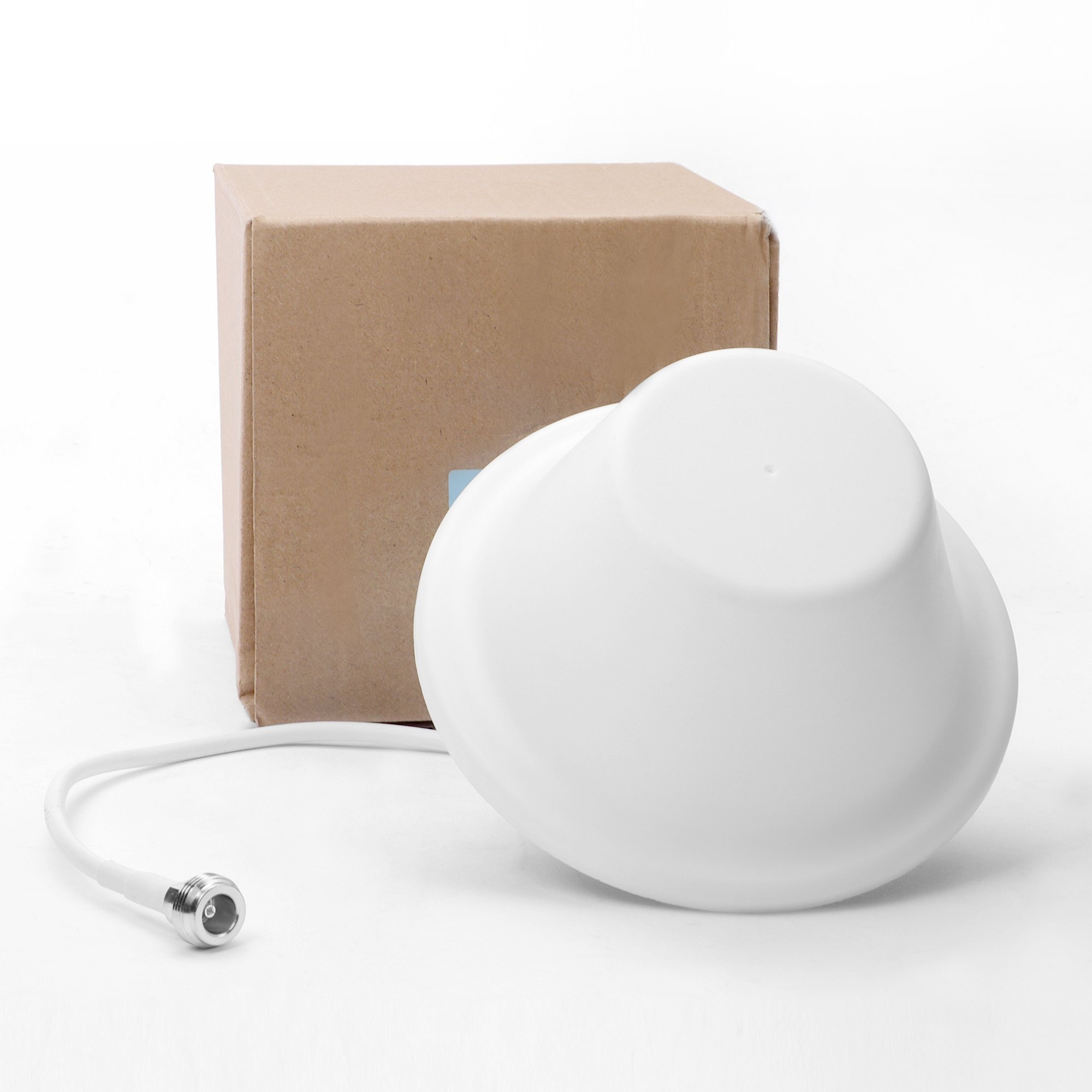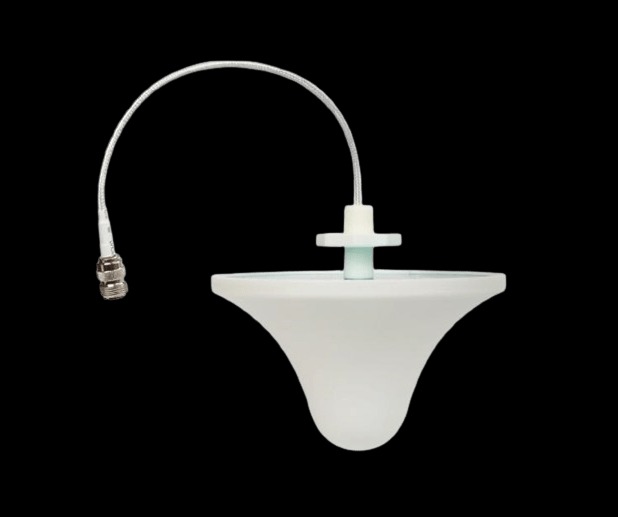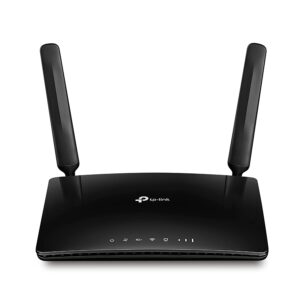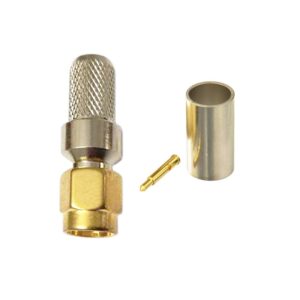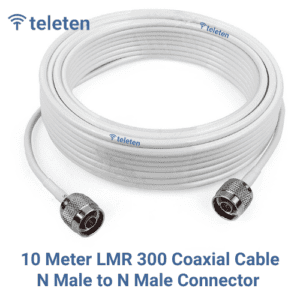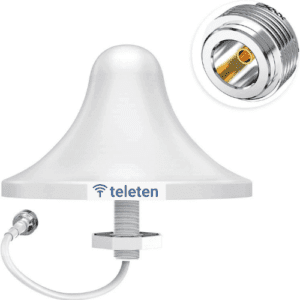Design Concept:
Omnidirectional Radiation Pattern: Provides 360-degree coverage in the horizontal plane, ensuring that signals are received and transmitted equally well in all directions.
Broad Frequency Range: Covers a wide range from 800 MHz to 2500 MHz, accommodating various communication standards and frequencies.
Key Features:
Gain:
3 dBi Gain: Provides a moderate level of signal amplification. This gain is suitable for general use where a balance between coverage area and signal strength is required.
Frequency Range:
800-2500 MHz: Covers a broad range of frequencies, including those used in cellular networks (e.g., GSM, LTE), Wi-Fi, and other wireless communication systems.
Omnidirectional Pattern:
360-Degree Coverage: Ensures even coverage in all horizontal directions, making it ideal for applications where signals need to be distributed evenly.
Construction:
Durable Materials: Typically made from weather-resistant materials like aluminum, fiberglass, or high-grade plastics, suitable for both indoor and outdoor use.
Compact Design: Designed to be compact and unobtrusive, allowing for easy installation in various environments.
Design Specifications:
Frequency Range:
800-2500 MHz: The antenna is designed to operate efficiently across this frequency range, making it versatile for different communication technologies.
Gain:
3 dBi Gain: Moderate gain provides a good balance of coverage and signal strength. Suitable for applications where high gain is not critical but broad coverage is necessary.
Size and Shape:
Vertical Structure: Typically features a vertical design, such as a monopole or a collinear array, to achieve omnidirectional coverage.
Connector Types:
Common Connectors: May include connectors like SMA, N-type, or TNC. Ensure that the connector type is compatible with your equipment.
Construction and Installation:
Mounting:
Pole or Mast Mount: Designed to be mounted on a pole or mast. Includes mounting hardware for secure installation.
Height and Location: For optimal performance, install the antenna at a height and location that minimizes obstructions and maximizes coverage.
Orientation:
Vertical Position: The antenna should be mounted vertically to ensure it provides consistent omnidirectional coverage.
Connection:
Cable and Connector: Use the appropriate coaxial cable and connector for connecting the antenna to your equipment. Ensure that connections are secure to prevent signal loss.
Testing:
Coverage and Signal Strength: After installation, test the antenna to ensure it provides the desired signal coverage and strength. Adjust the placement or height if necessary.
Applications:
Cellular Communication: Suitable for cellular base stations, repeaters, or mobile devices where broad coverage is needed.
Wi-Fi Networks: Can enhance the coverage of Wi-Fi networks, particularly in areas where uniform signal distribution is important.
Wireless Systems: Effective for various wireless communication systems that operate within the 800-2500 MHz frequency range.
Maintenance:
Regular Inspection: Periodically check the antenna and its connections for signs of wear, damage, or corrosion, especially if installed outdoors.
Cleaning: Keep the antenna clean and free from debris to ensure optimal performance and longevity.
Considerations:
Interference: Be mindful of potential sources of interference that could affect the antenna’s performance.
Antenna Matching: Ensure that the antenna’s impedance matches your equipment to avoid signal loss and ensure efficient operation.

